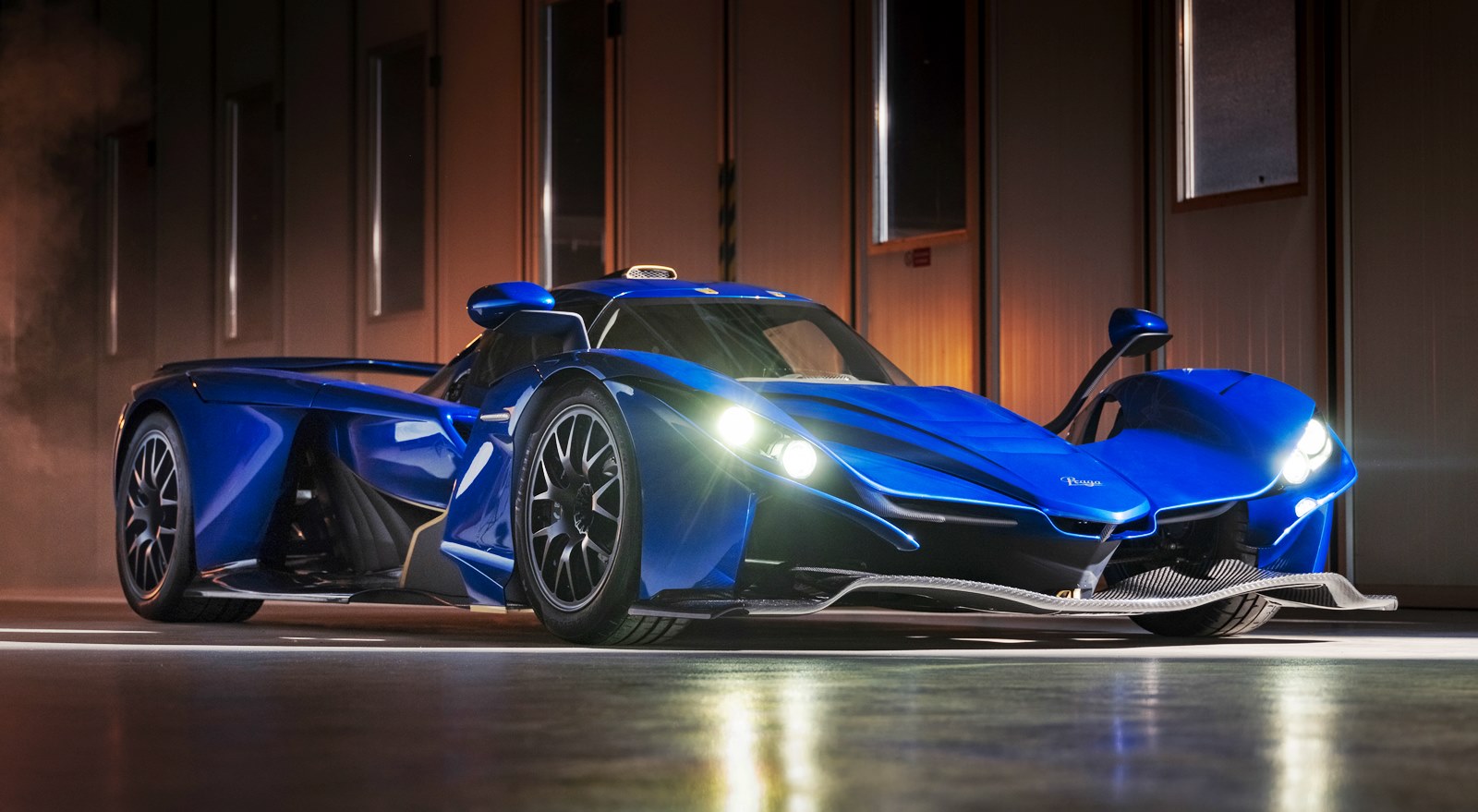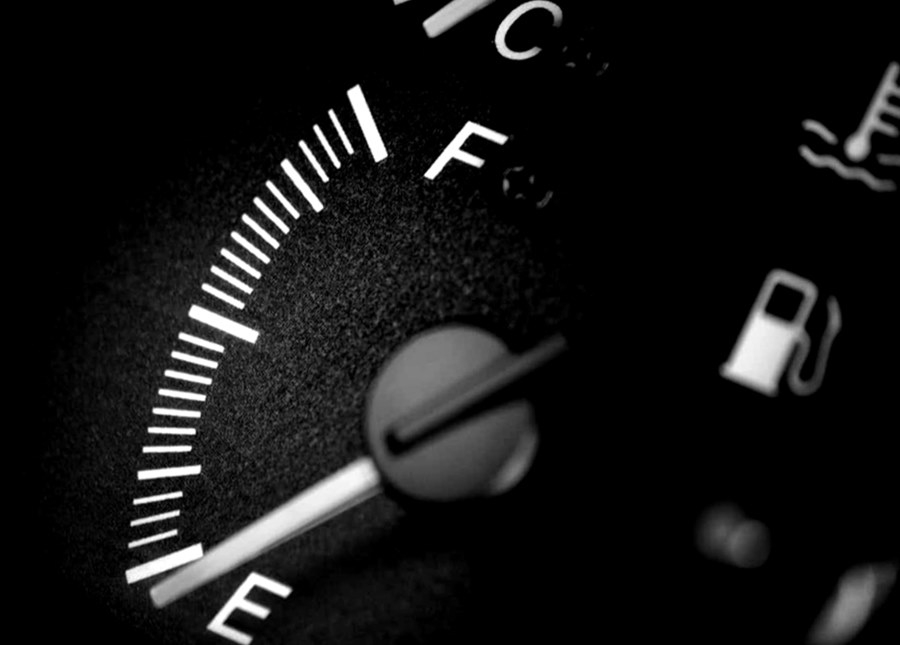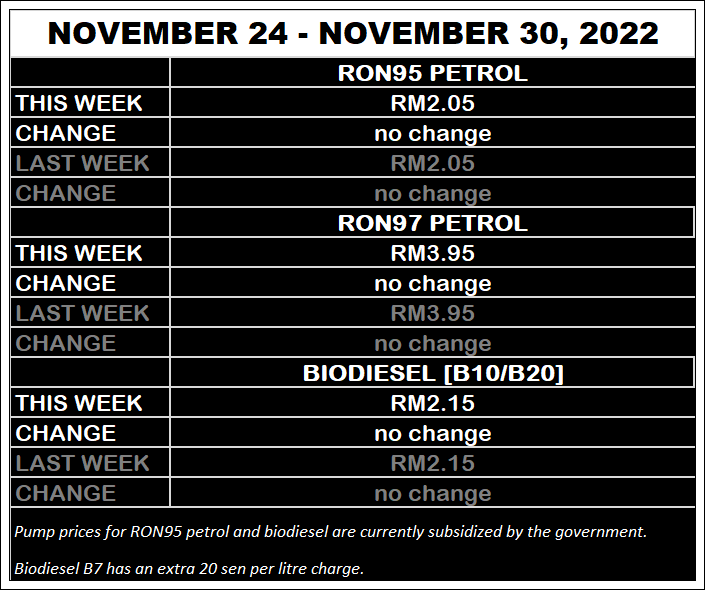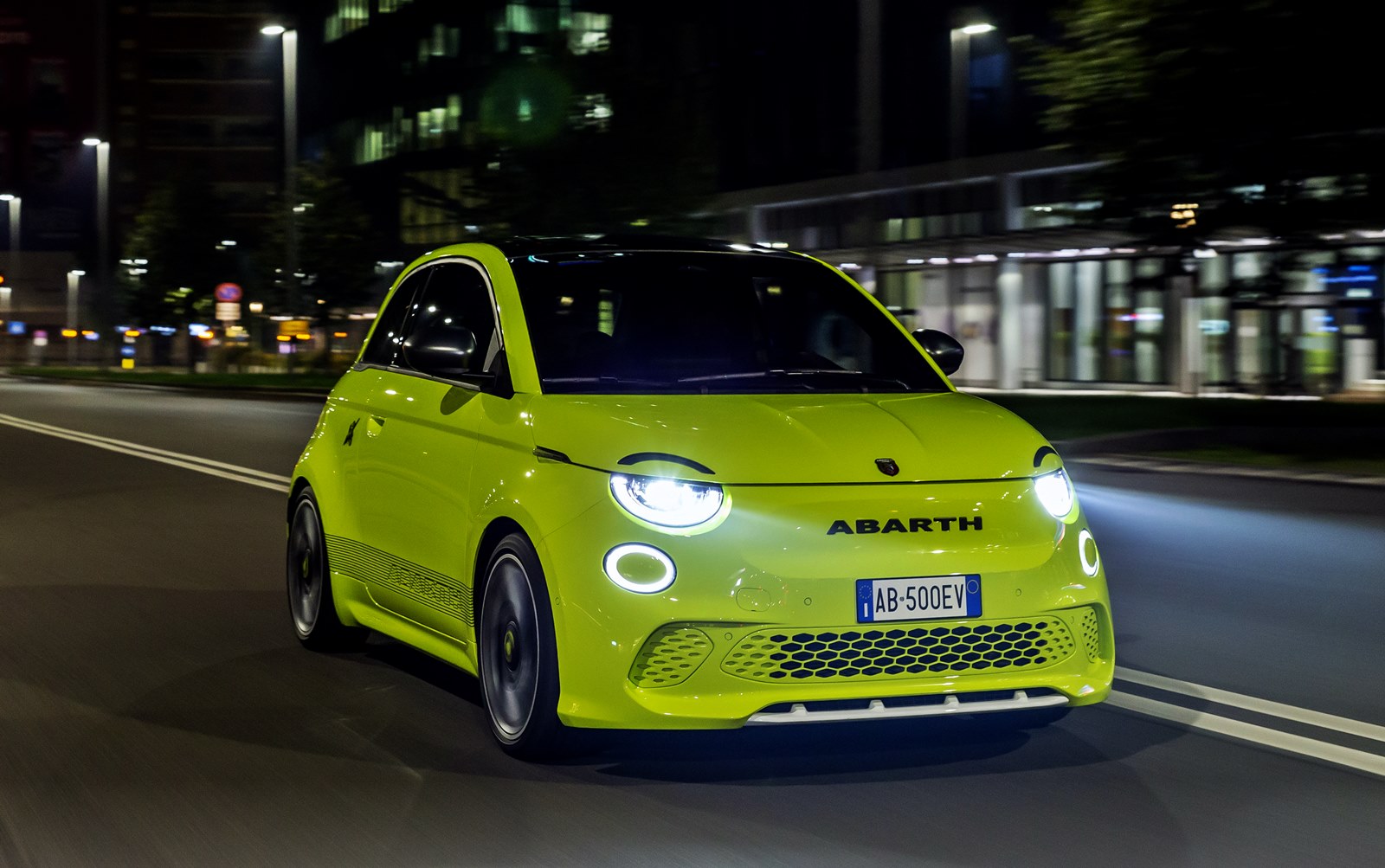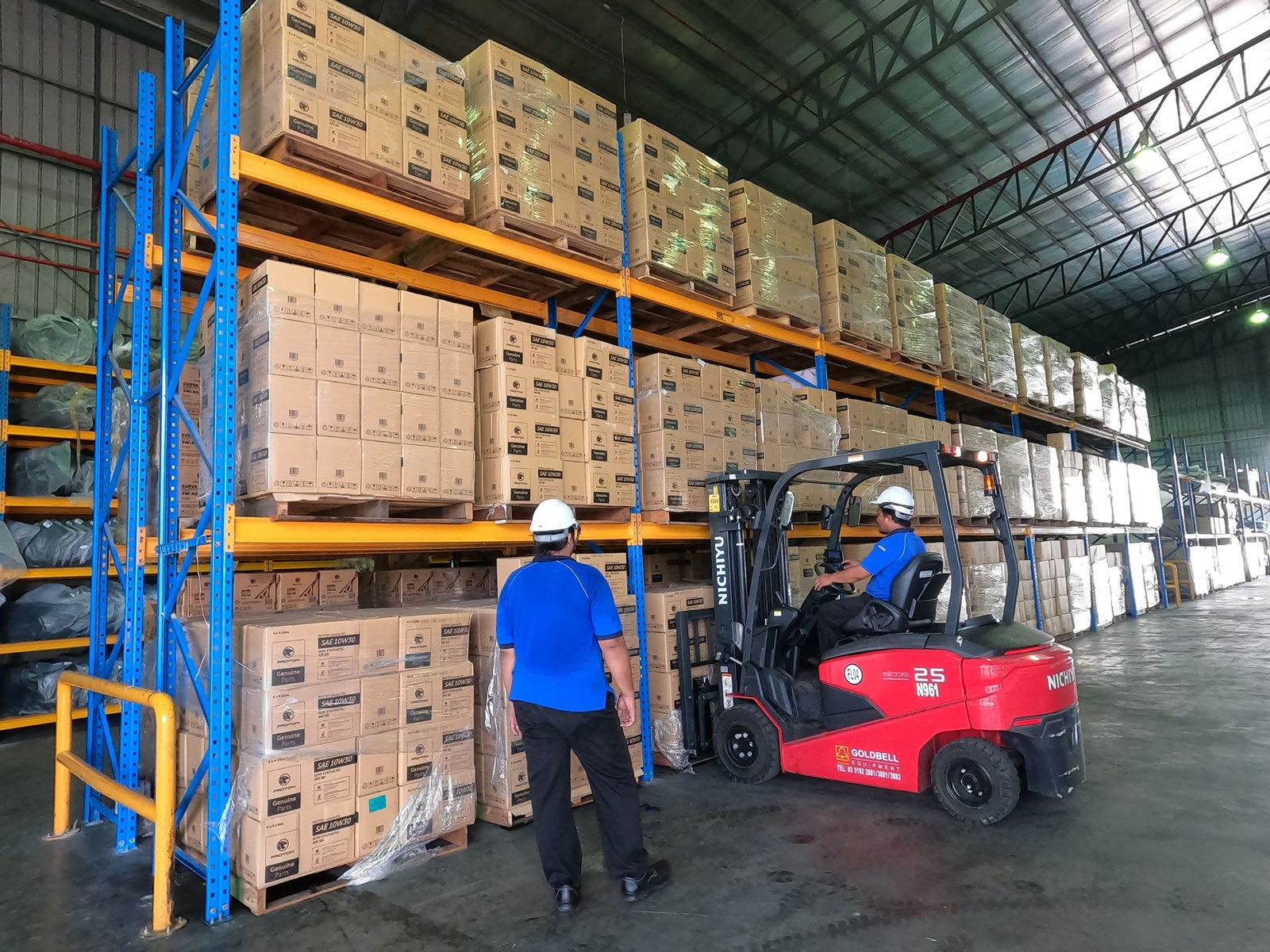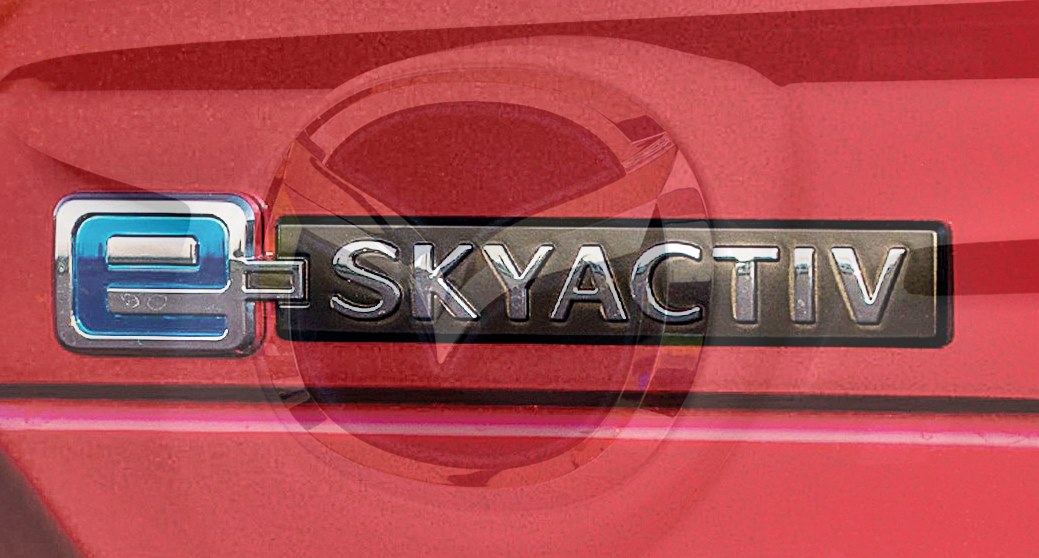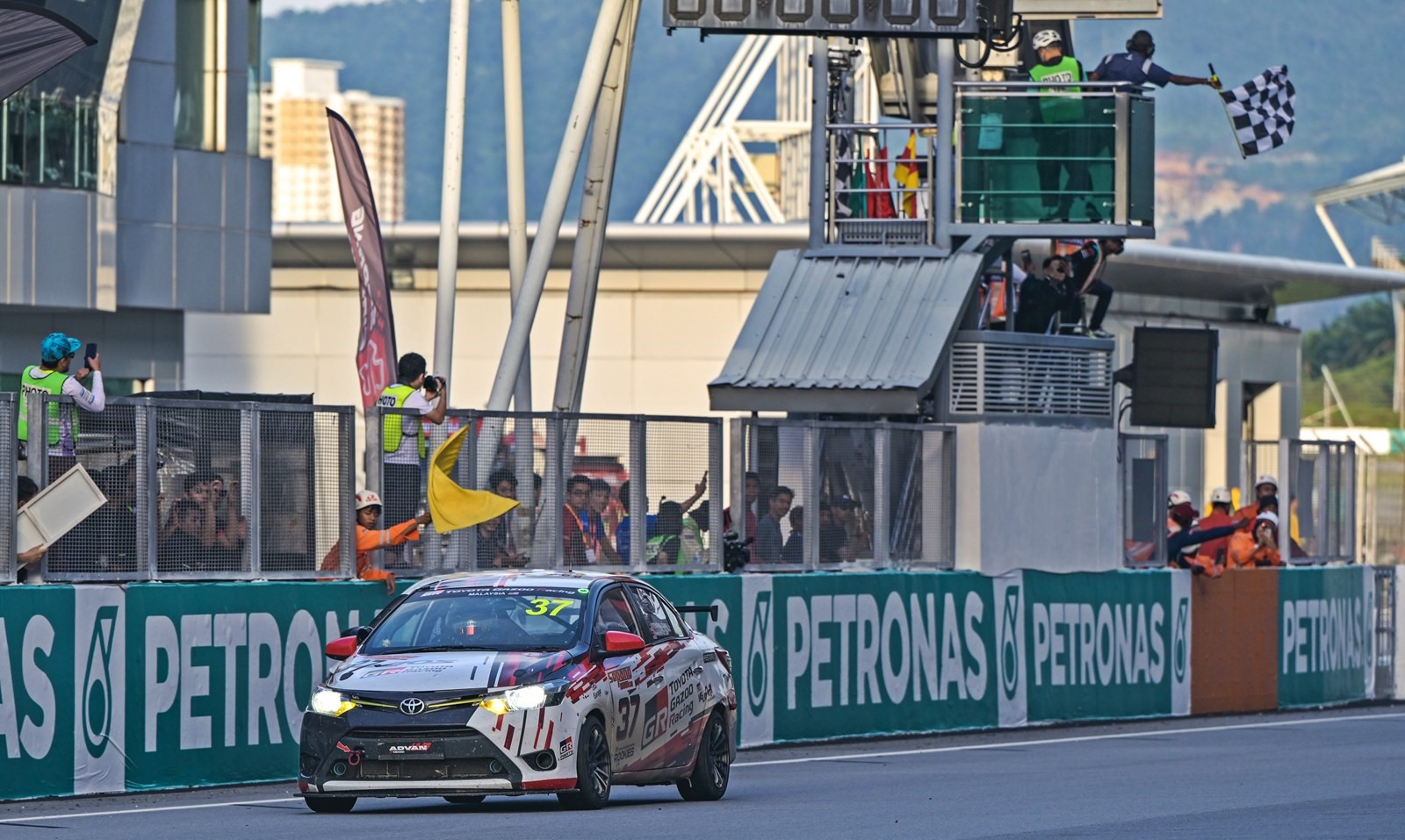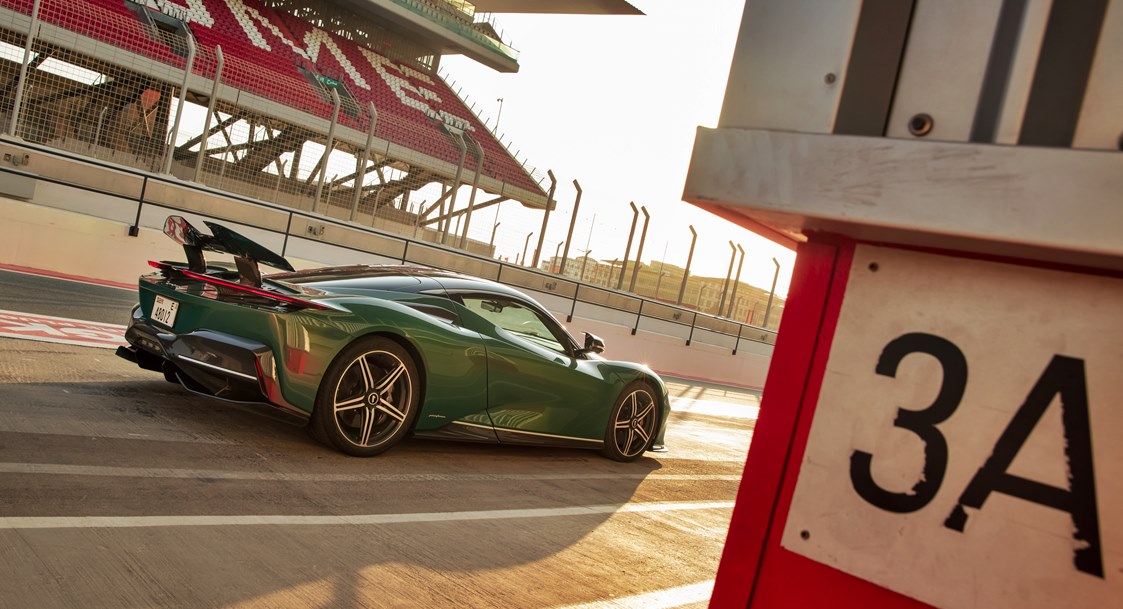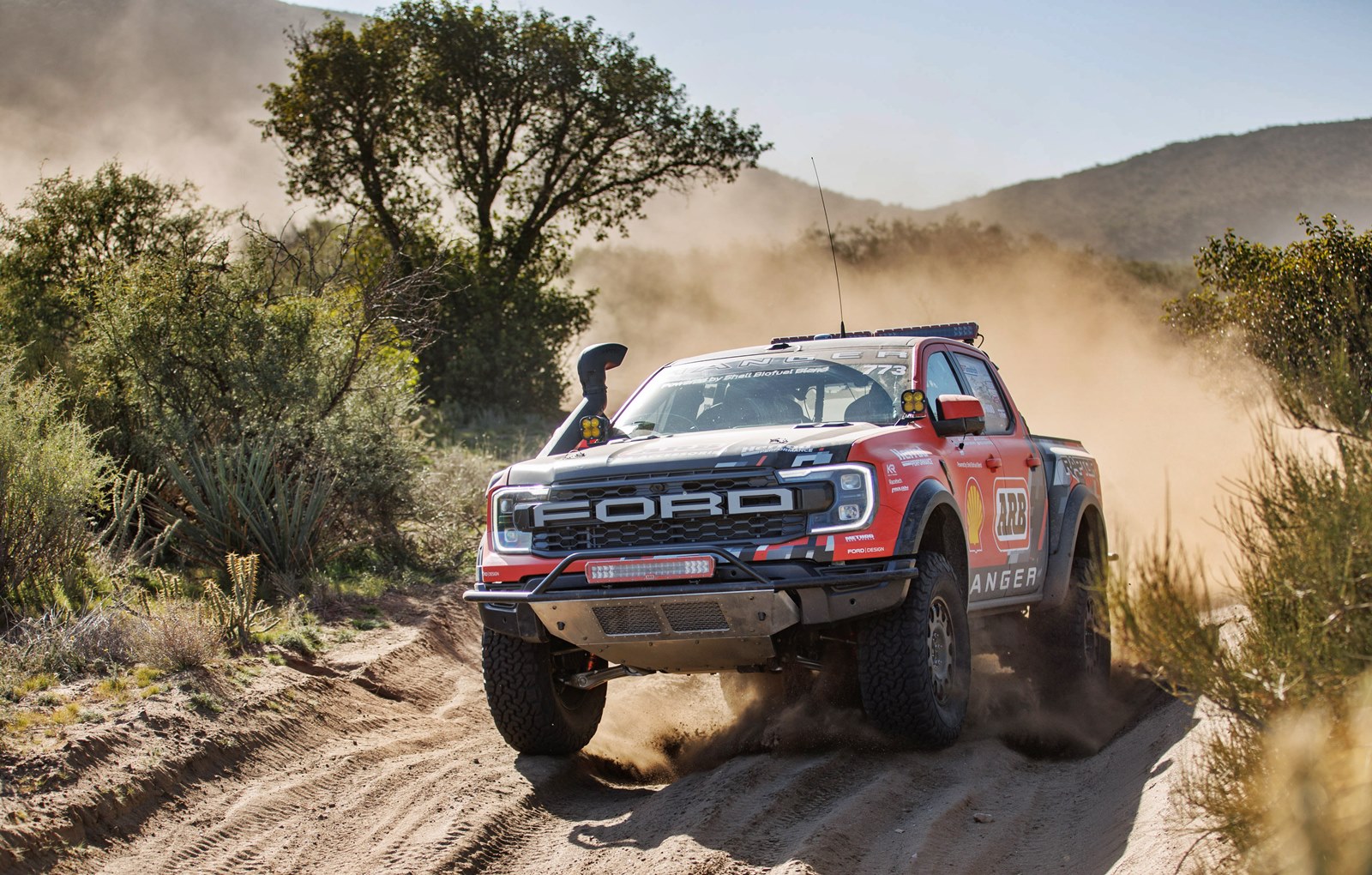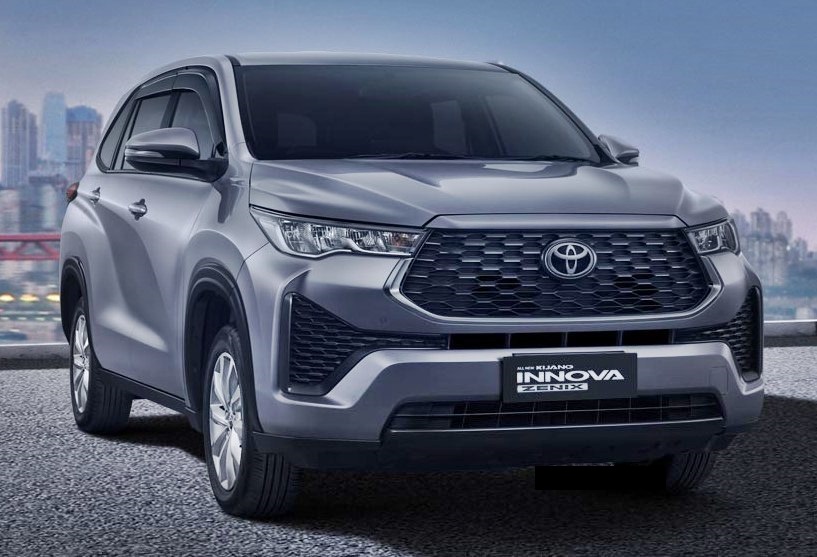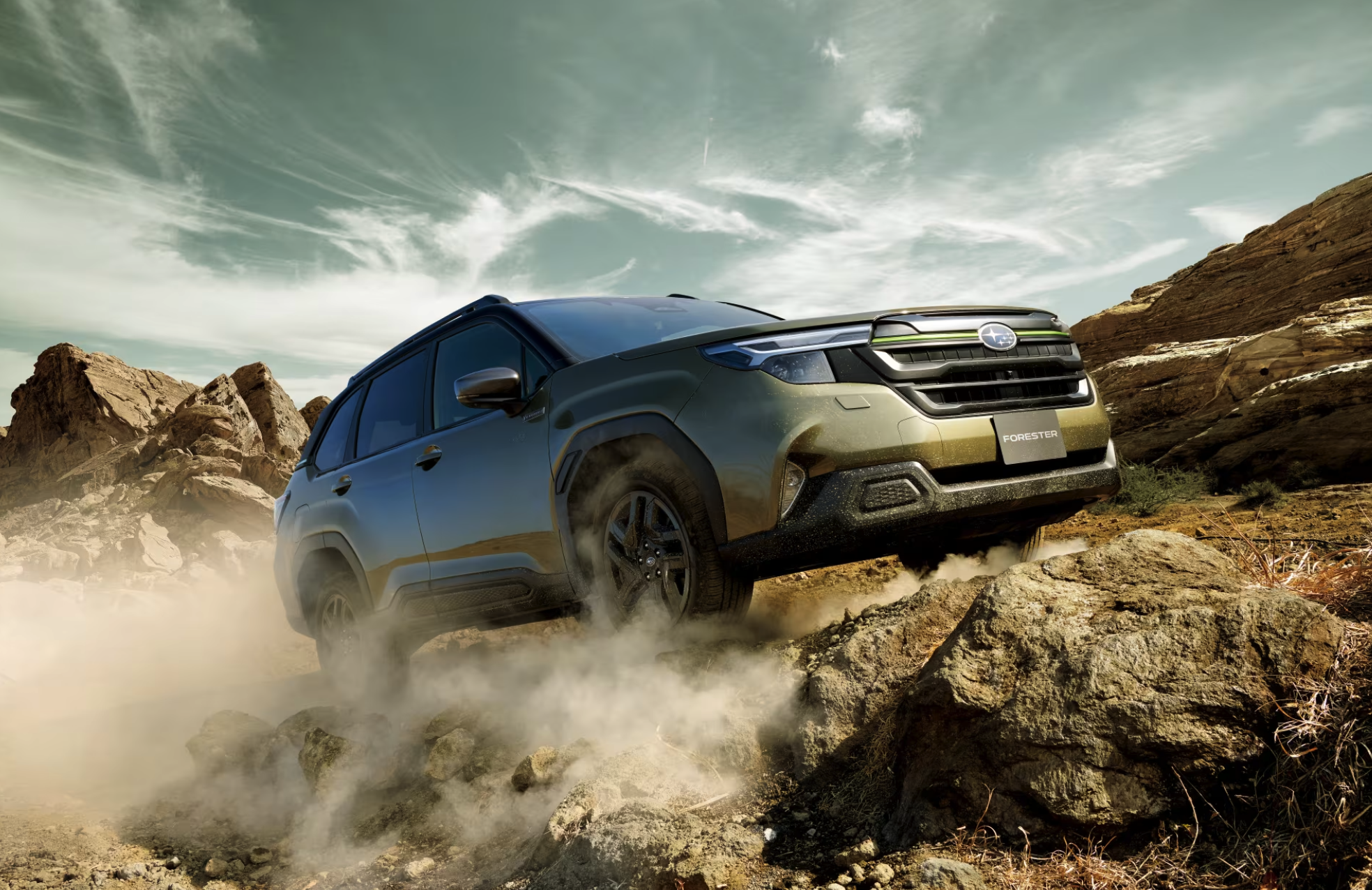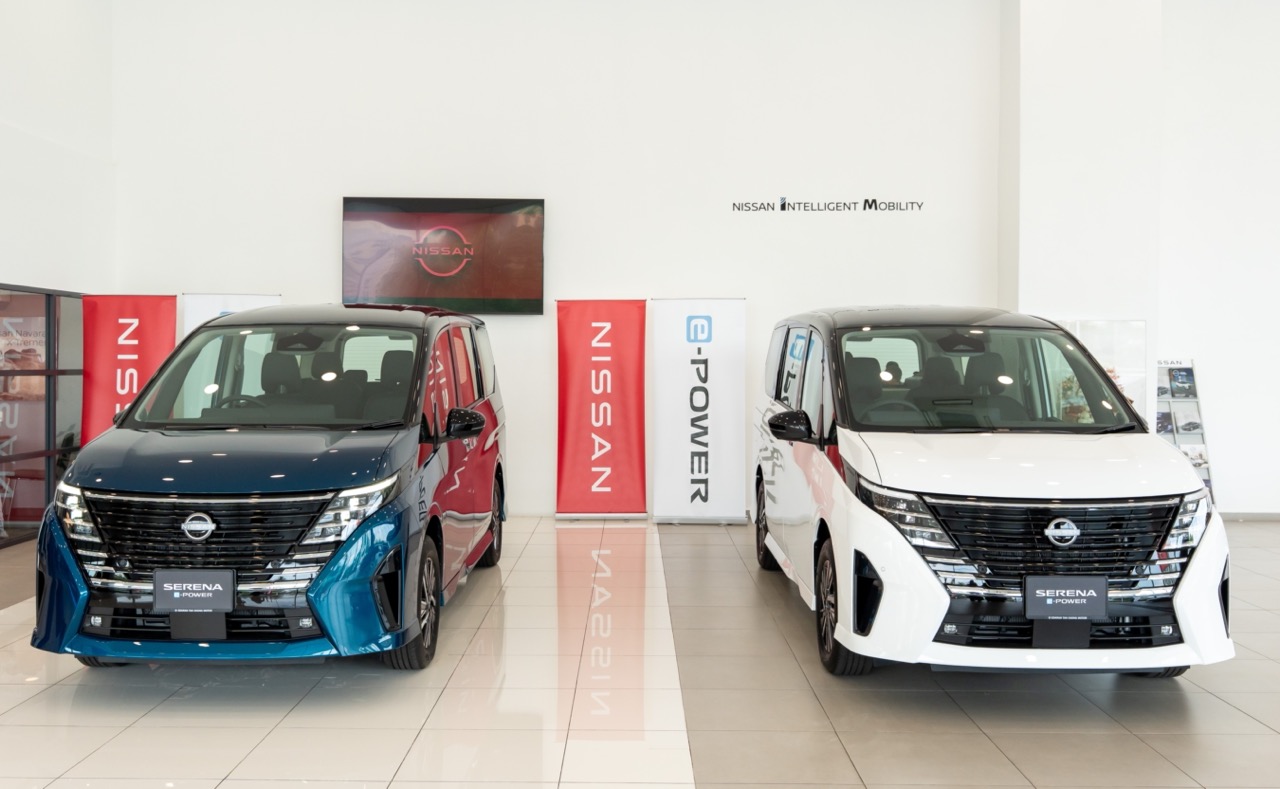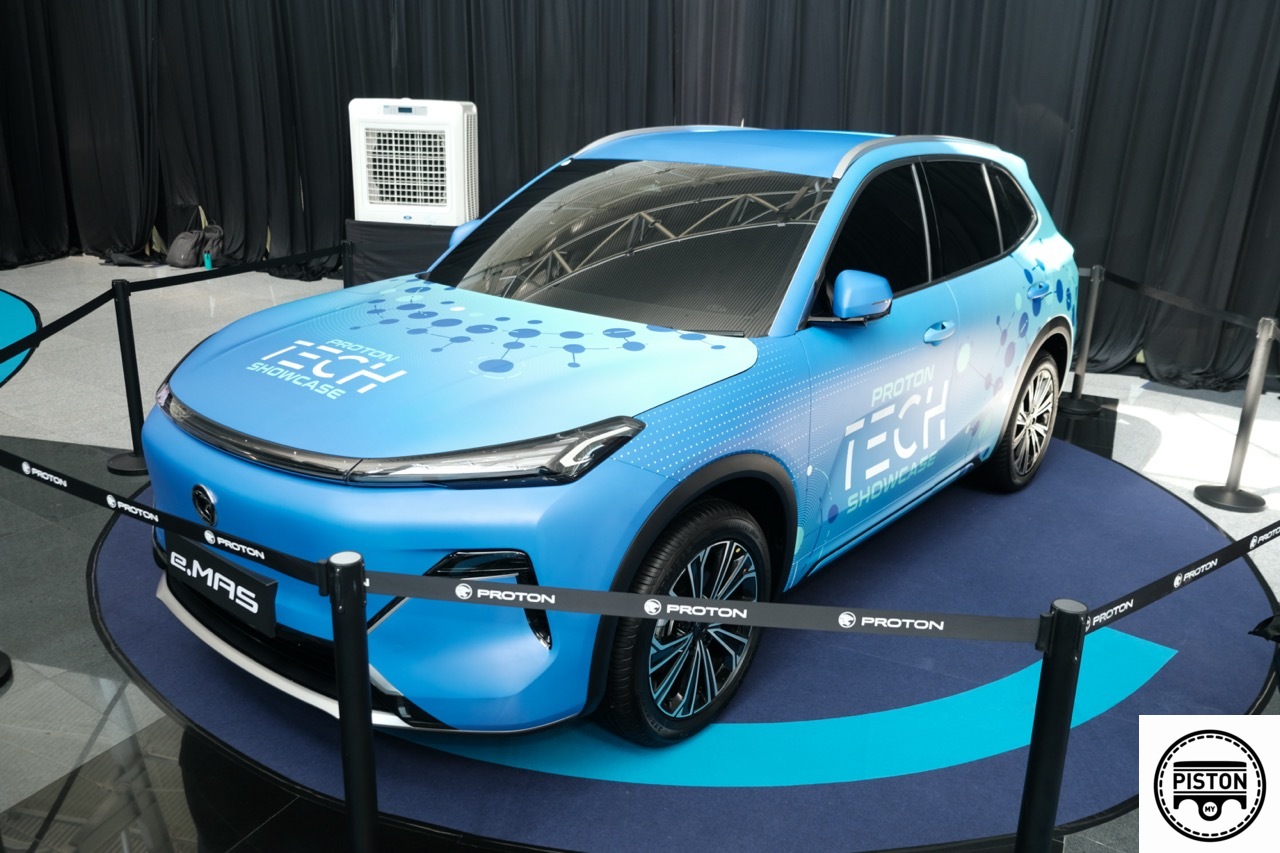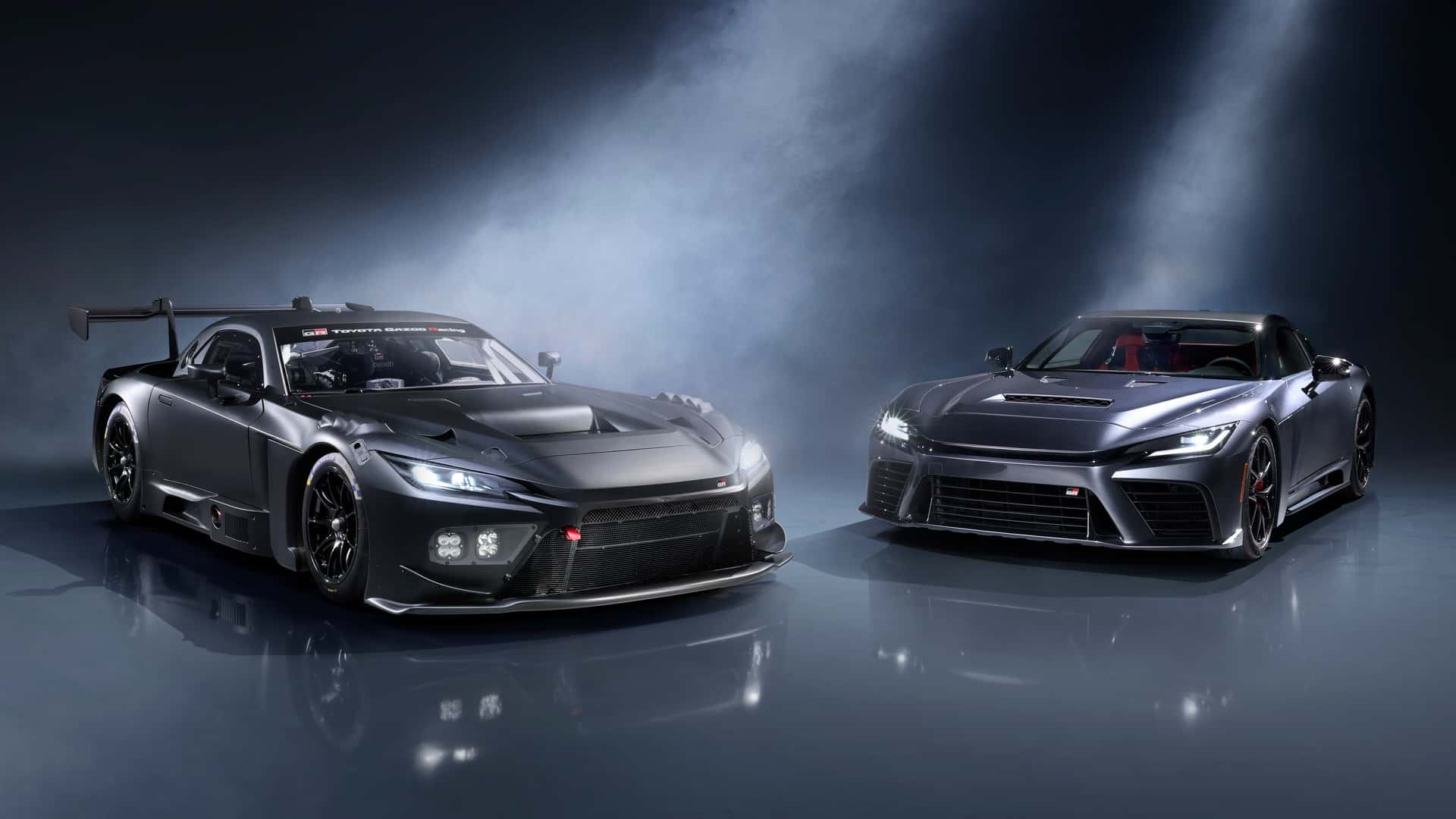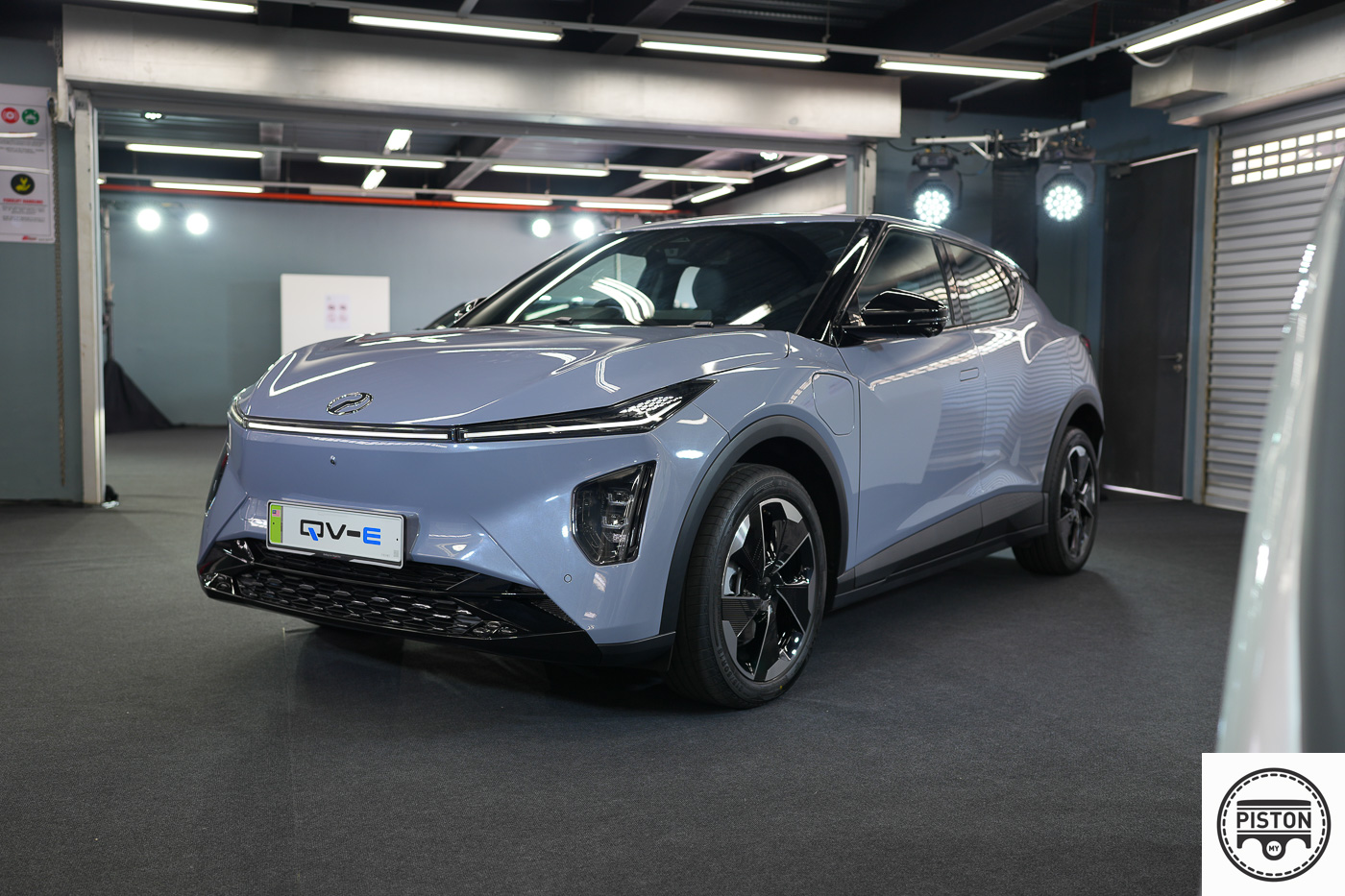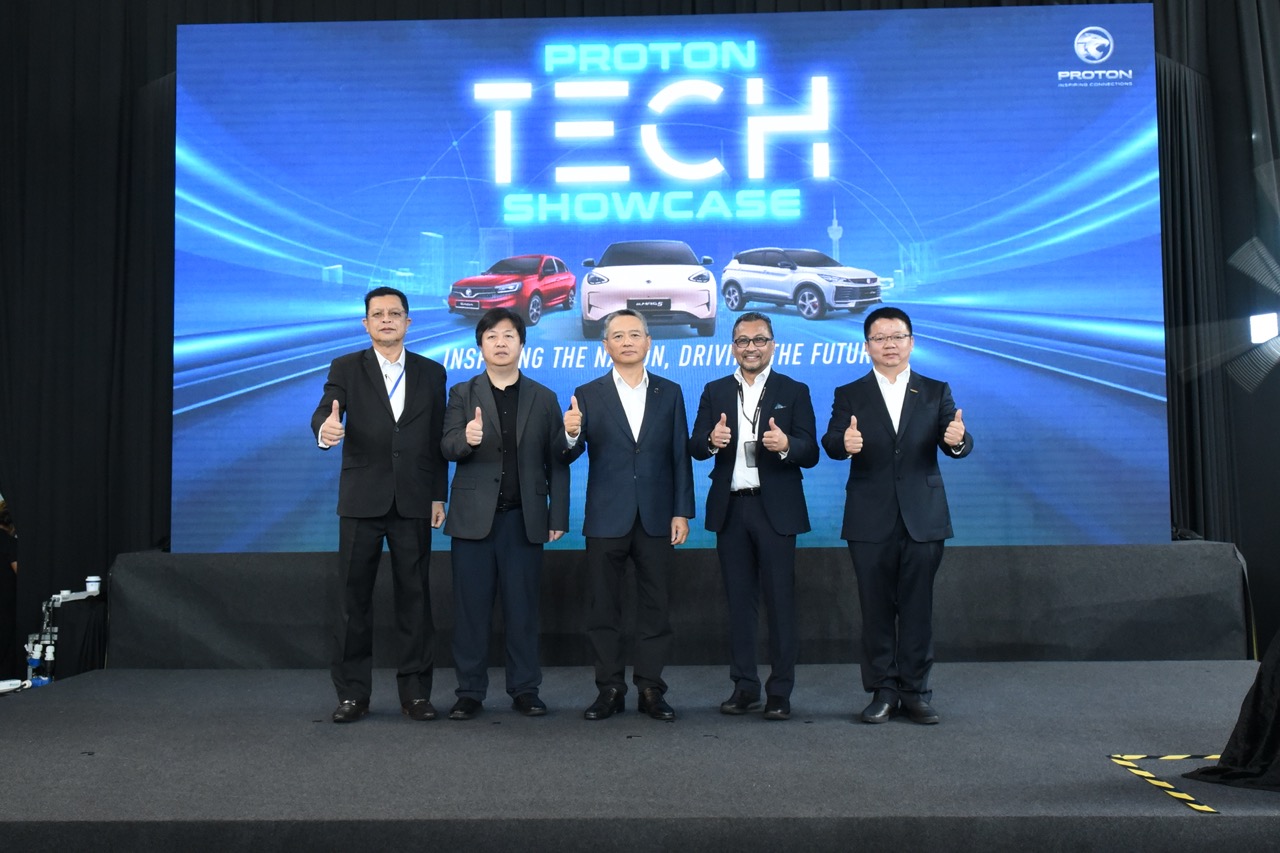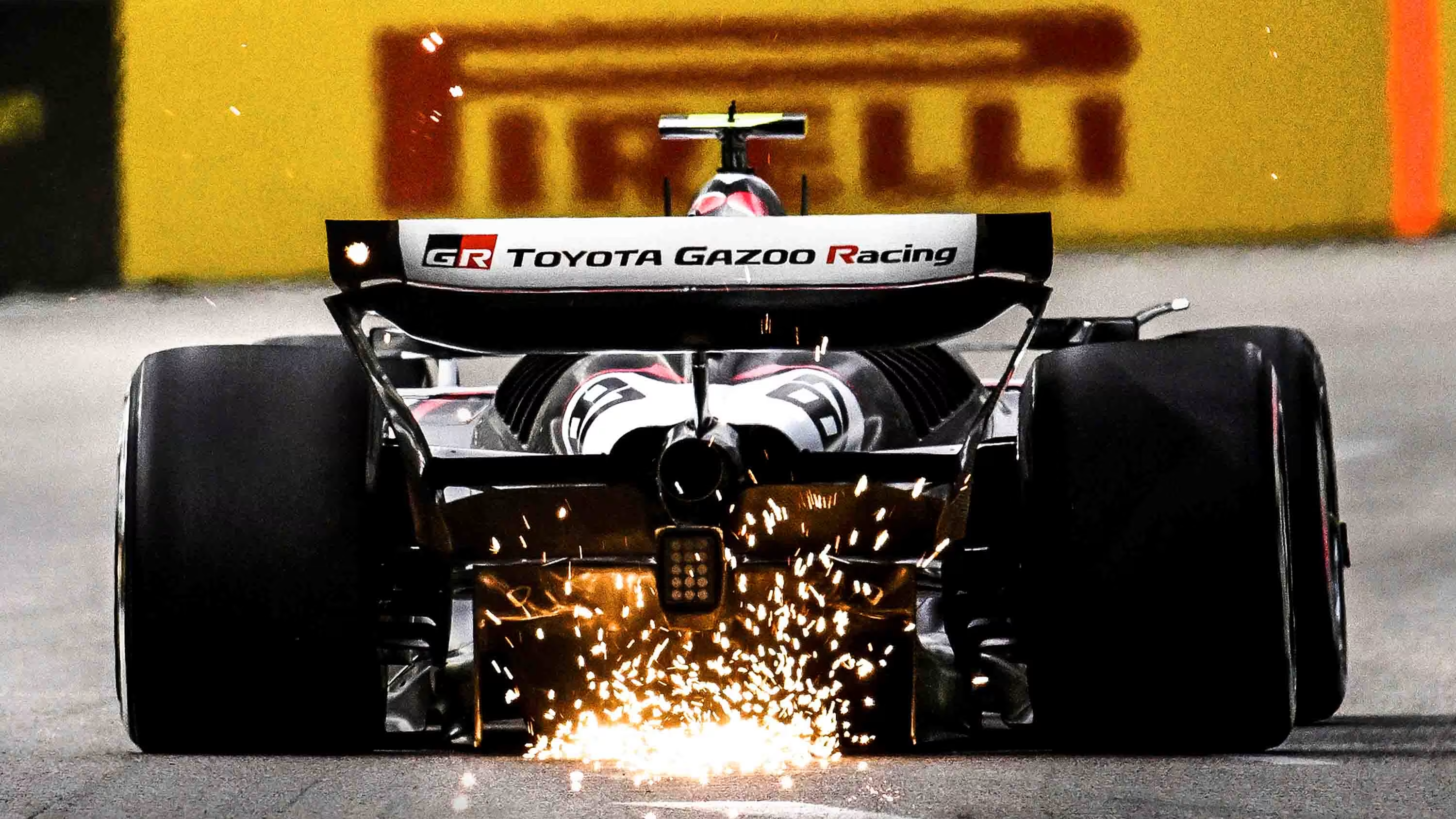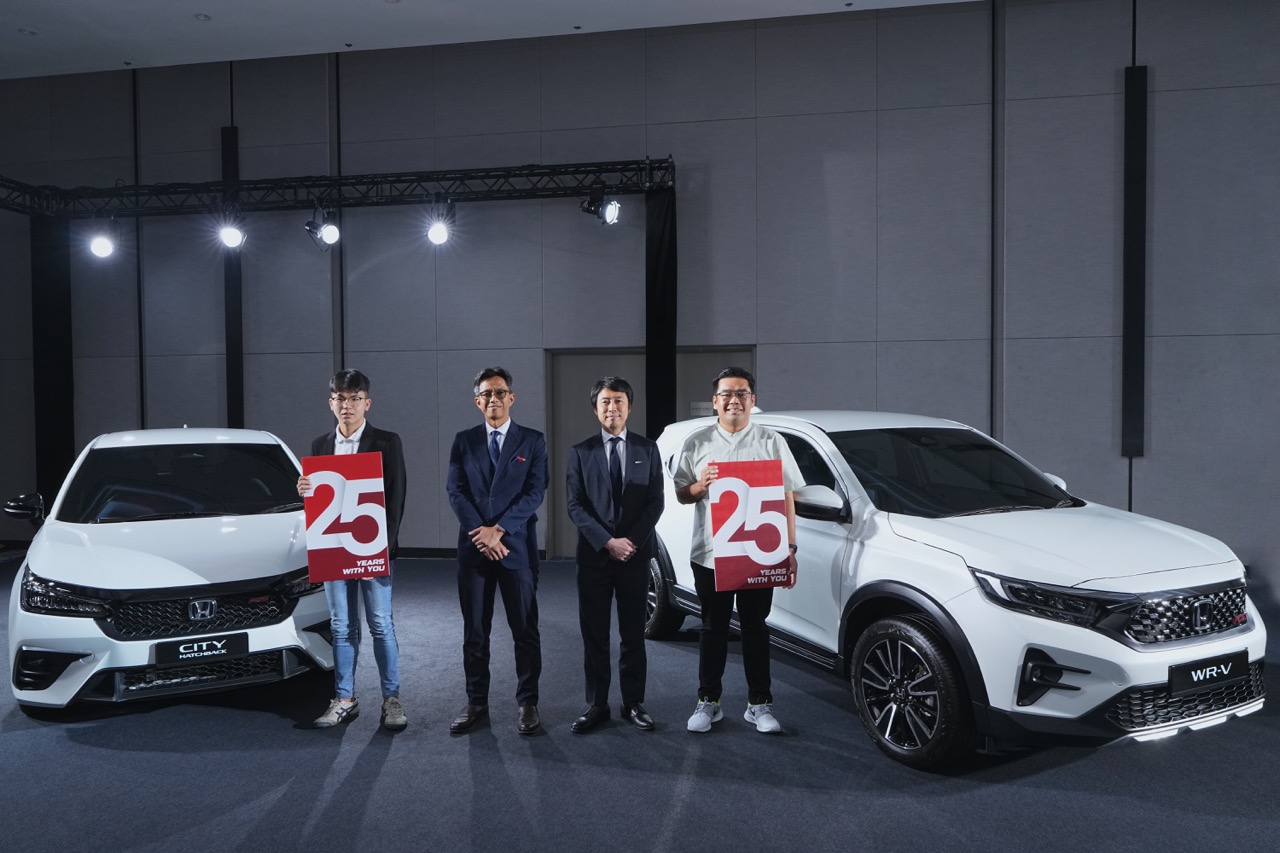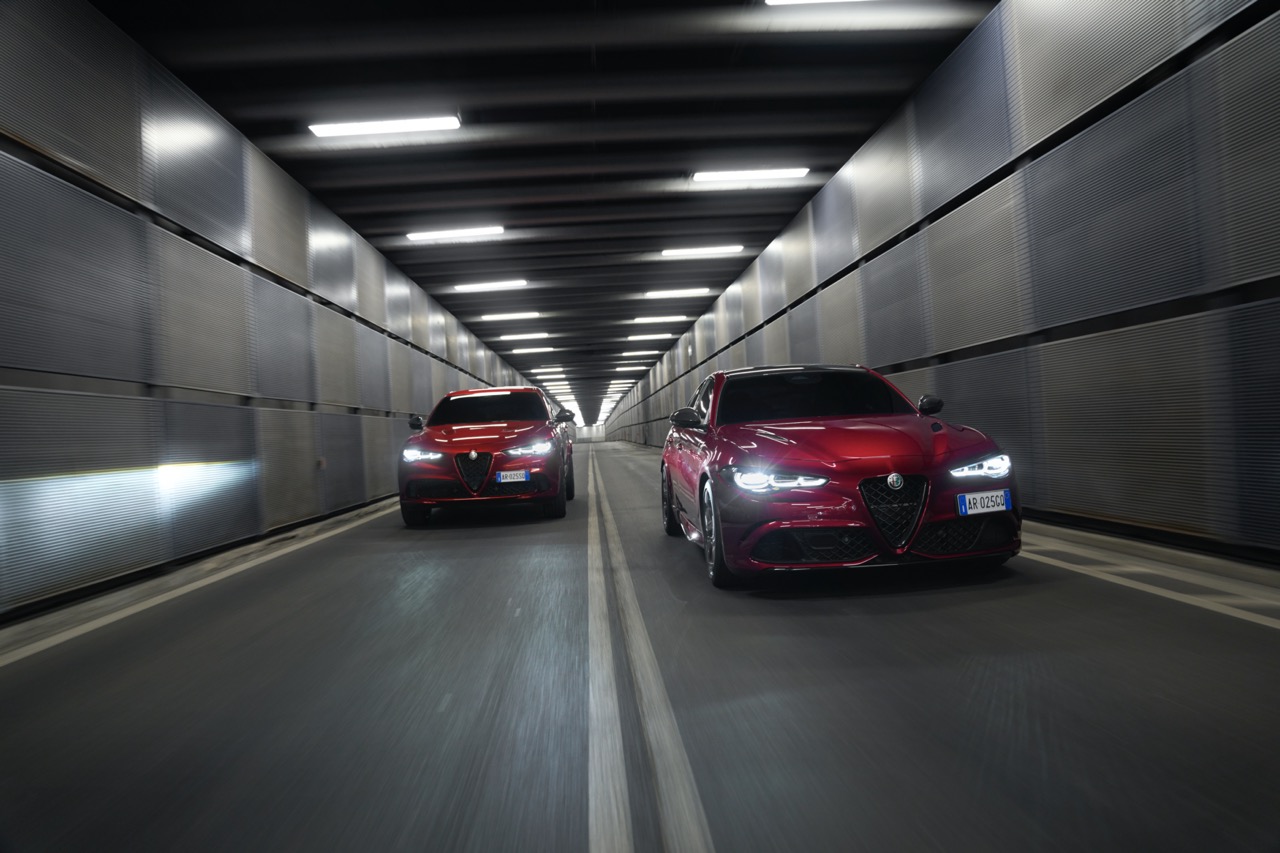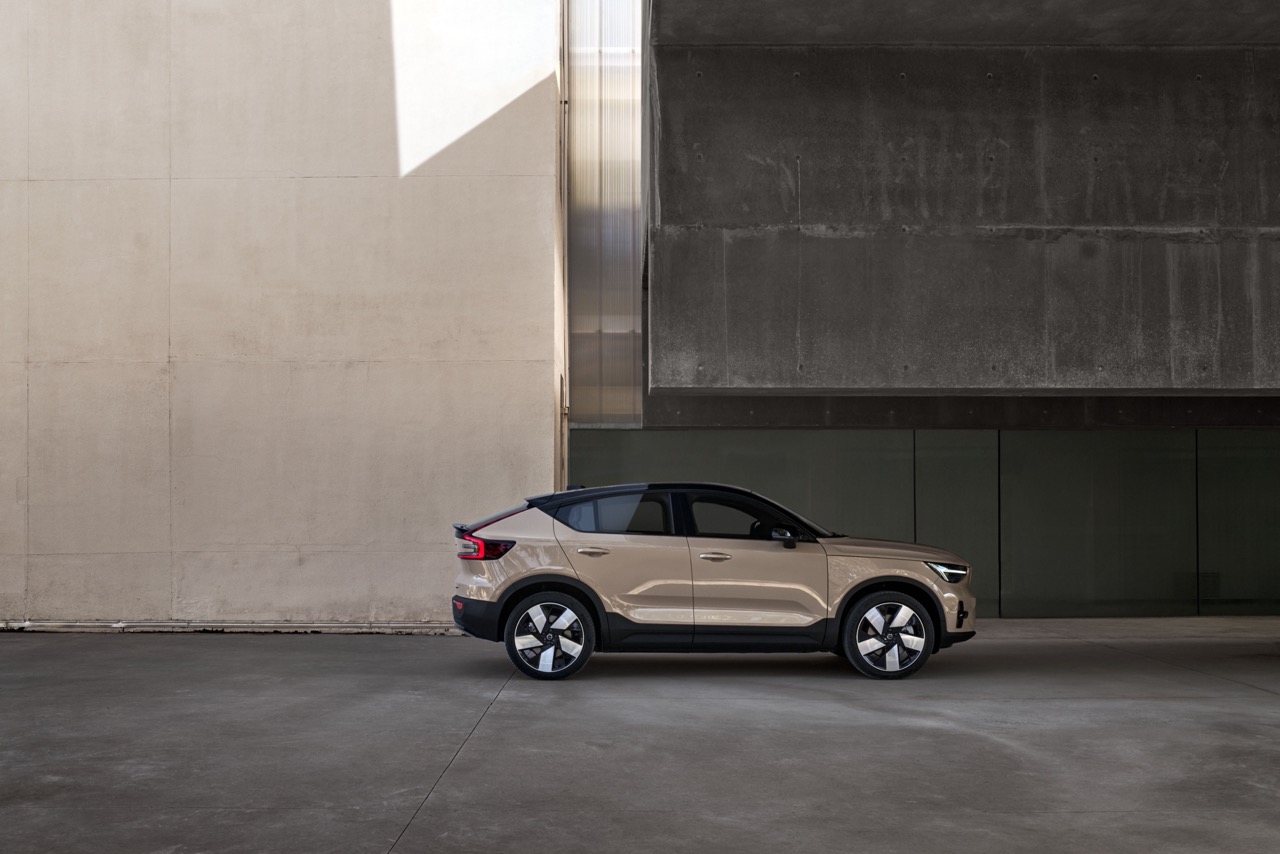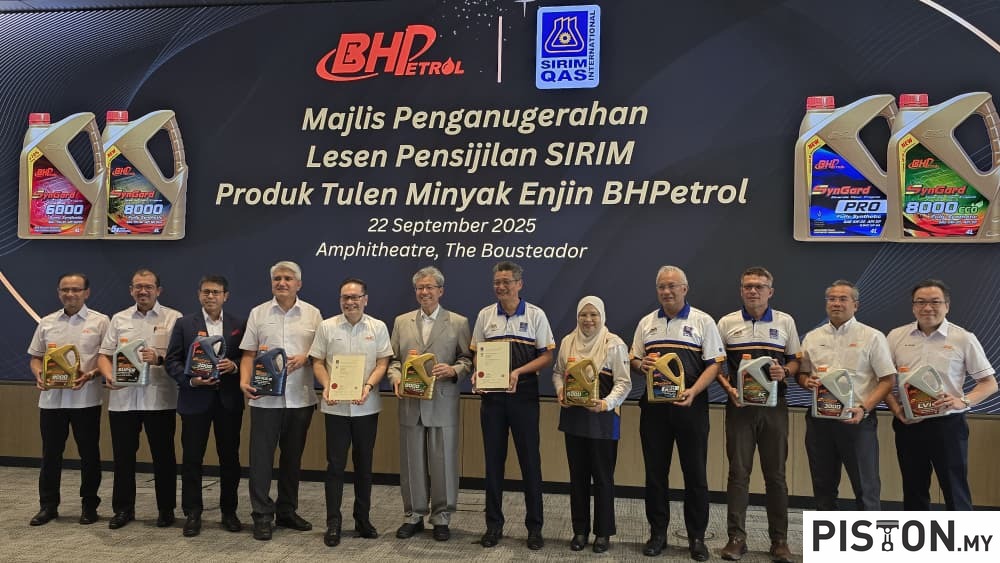Although most people would only know of Skoda when the Czech Republic is mentioned, the country had many other automakers before World War II but almost all no longer existed the 1940s. Under communist rule until the late 1980s, only Skoda and Tatra were designated to make passenger cars but there was also another company which was directed to make commercial vehicles.
This was Praga which has a history going back to the late 1800s as a heavy industrial manufacturer of everything from bridges to steam trains. It moved into vehicle production in the early 1900s, making its first car in 1907, and grew to be a major manufacturer of cars, motorcycles, commercial vehicles and aircraft. Praga-built trucks, in particular, dominated the roads in the firm’s native Czechoslovakia.
With the fall of Communism in Czechoslovakia in 1989, Praga – still a major presence around Central Europe – was able to set its own agenda again as a privately owned company. While still specializing in trucks, it has also been making motocross motorcycles, racing karts and even an aircraft.
It has now unveiled a hypercar inspired by the Praga Alfa car which won the important 1933 1000 Miles of Czechoslovakia road race 89 years ago. Praga is no stranger to high performance, having re-entered the racing car market 10 years ago with its R4S and R1 cars. These are winning events in one-make, mixed prototype and mixed endurance race series in Australia, Dubai, the UK and USA.
(more…)
